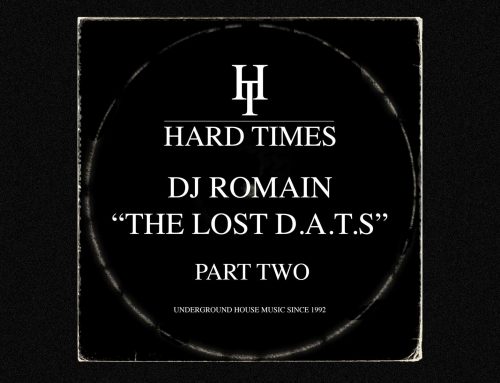
If we had to pick one word to describe electronic dance music in the ’90s, it’d be variety.
“In the U.S. and the U.K., in particular, electronic dance music was in this constant state of mutation,” says World Cafe correspondent John Morrison. “There were new subgenres and micro-genres popping off. Just in that 10-year span, we saw the emergence of Baltimore club, drum and bass, U.K. garage, tech house, trip hop — which isn’t a real genre, but that’s a whole other story.”
As part of our weekly series exploring dance and electronic music for Black History Month, Morrison teleports us to the ’90s to take a closer look at some of those subgenres.
Take Baltimore club: Developed in the city in the early ’90s, B’more set itself apart from house and other subgenres due to its heavy use of samples.
“Whereas most dance music up to that point, in the ’80s, relied on programmed drum machine beats as its rhythmic foundation, Baltimore’s approach was more closely related to hip-hop in the sense that pretty much all of their songs were based on samples of drum breaks taken from old records,” Morrison says.
Producers chopped up beats from songs like Lyn Collins’ “Think (About It)” and Gaz’s “Sing Sing” to create a brand new sound that would eventually reverberate outside of Baltimore to cities like Philadelphia and Newark. Even today, the Baltimore and Jersey club sound continues to inspire mainstream artists like Lil Uzi Vert and Bad Bunny.
Across the pond in England, yet another subgenre was bubbling up to the surface.
“Drum and bass is essentially what you get when you combine Jamaican reggae and sound system culture with American hip-hop and British electronic music and rave culture,” Morrison says.
Similar to the music being made in Baltimore, drum and bass tracks were based on a handful of breakbeats; “Apache” by Incredible Bongo Band, among others, is still a heavily sampled break.
The ’90s, Morrison says, was a critical era for electronic dance music — a period that finally brought this rapidly expanding world of music to the forefront of mainstream popular culture.
“A lot of people were influenced by it, and a lot of dope music that we hear today is based on [the ’90s].”
As always, this segment is best heard, so tune in on the audio player above. And make sure to check out the assortment of ’90s club classics (and some ’90s-inspired tracks) in the playlist below:



![Carl Cox says his Ibiza residency at [UNVRS] will be a “whole new world” (DJ Mag)](https://www.myhouseradio.fm/wp-content/uploads/2025/04/carl-cox-1.jpg-500x383.webp)

Leave A Comment
You must be logged in to post a comment.